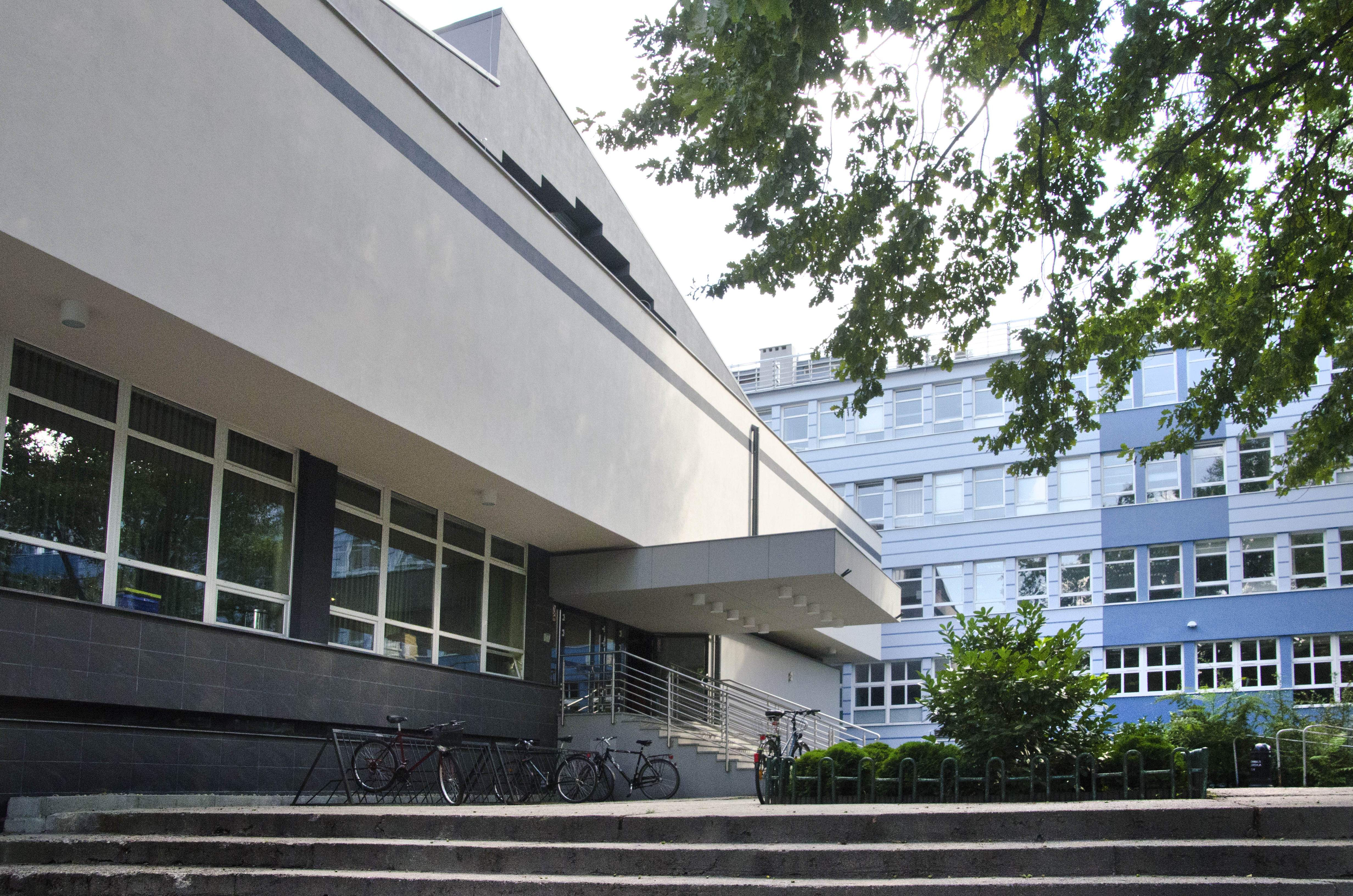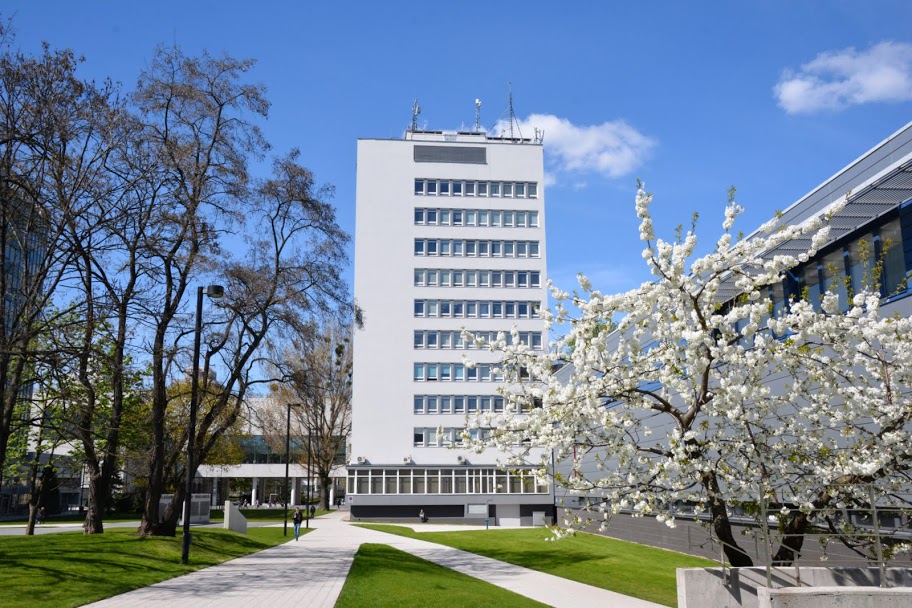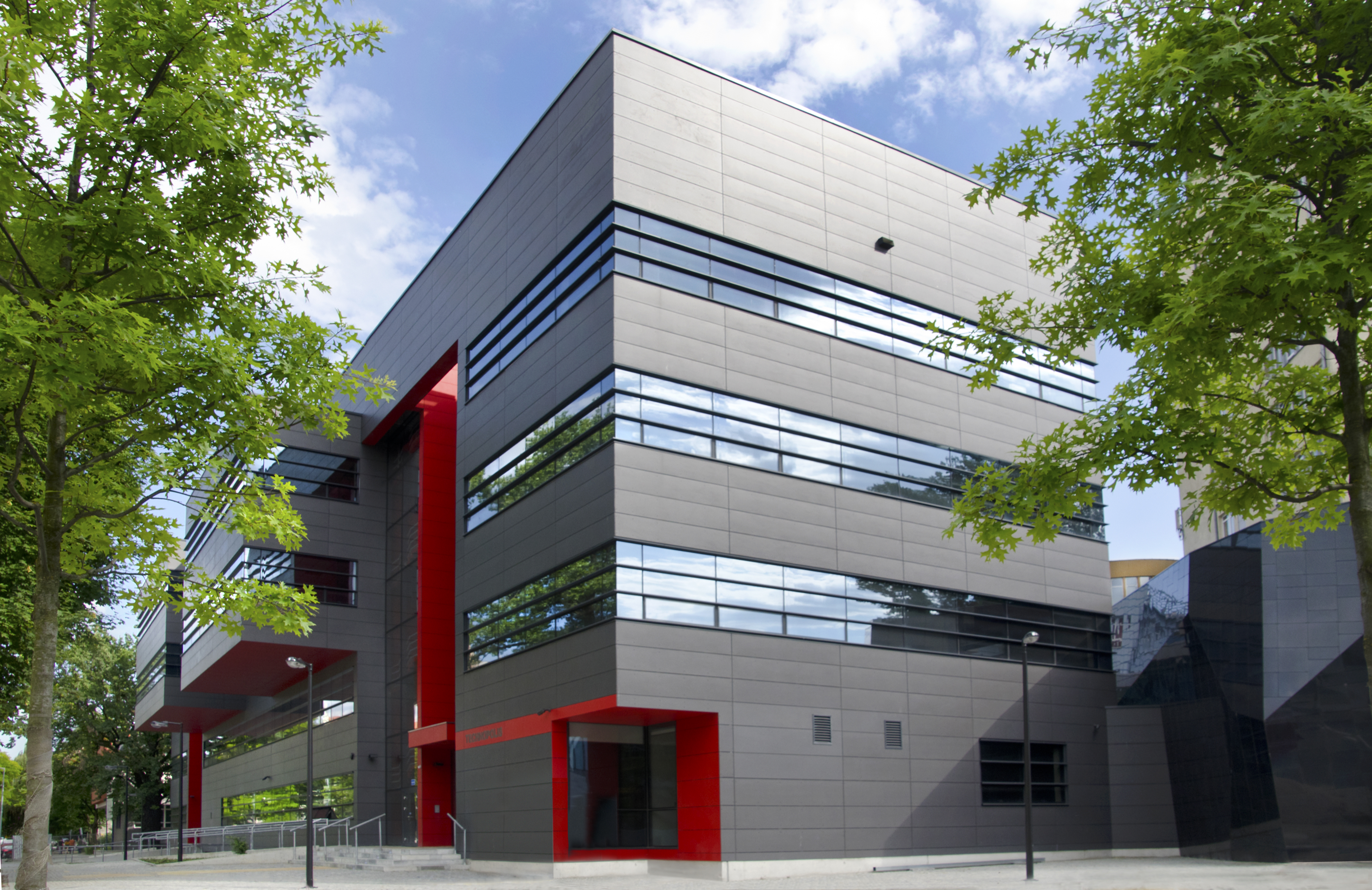YOUR BROWSER IS OUT-OF-DATE.
We have detected that you are using an outdated browser. Our service may not work properly for you. We recommend upgrading or switching to another browser.
 The history of the Faculty of Electronics of Wrocław University of Science and Technology goes back to the pioneering period of the organisation of academic activity in Lower Silesia after the liberation. The originators and employers of what was later to become the Faculty were some of the first people to join the groups involved in the rebuilding the University. According to the recollections of Professor Andrzej Jellonek, the fate of the University was in the hands of Professor Kazimierz Idaszewski, among other people, who prevented taking the saved equipment and apparatuses to Cracow and Warsaw and handing the buildings over to the University of Wrocław.
The history of the Faculty of Electronics of Wrocław University of Science and Technology goes back to the pioneering period of the organisation of academic activity in Lower Silesia after the liberation. The originators and employers of what was later to become the Faculty were some of the first people to join the groups involved in the rebuilding the University. According to the recollections of Professor Andrzej Jellonek, the fate of the University was in the hands of Professor Kazimierz Idaszewski, among other people, who prevented taking the saved equipment and apparatuses to Cracow and Warsaw and handing the buildings over to the University of Wrocław.
In the school year of 1945/46, two faculties were opened: the Faculty of Mechanics and Electrotechnics and the Faculty of Civil Engineering.
The beginnings of the Faculty of Electronics must be traced back to the Faculty of Electromechanics with its departments of Radioengineering and Telecommunication Engineering. The educational activity started in October 1945 under the supervision of Andrzej Jellonek, PhD, Eng and, in January 1946, Zygmunt Szparkowski, MSc, Eng. The quick rise in the number of students interested in radioengineering and telecommunication engineering contributed to the sectioning off of an independent Faculty of Electrical Engineering in September 1949, where also the Telecommunications Division was created along with the departments of Radioengineering and Telecommunication Engineering. The establishment of the Telecommunications Division was favourable to the influx of academic staff from the outside as well as from among the tertiary institute’s alumni. In the period 1947-1949, the new academics were, listed here in a chronological order: Zbigniew Żyszkowski, MSc, Eng Marian Suski, MSc, Eng Maria Miłkowska, MSc, Eng Władysław Kavka.
 On October 1, 1952, the Faculty of Communication emerged from the Faculty of Electrical Engineering. After the reorganisation, the former comprised eleven departments. Five degree programmes were offered: technology, radio communication, metrology with production control, automatics, and wire communication. Those included the following specialisations: transmitter technology, receiver technology, electron metrology, electronics, joining technology, telemechanics and automatics, wire transmission, and wire broadcasting.
On October 1, 1952, the Faculty of Communication emerged from the Faculty of Electrical Engineering. After the reorganisation, the former comprised eleven departments. Five degree programmes were offered: technology, radio communication, metrology with production control, automatics, and wire communication. Those included the following specialisations: transmitter technology, receiver technology, electron metrology, electronics, joining technology, telemechanics and automatics, wire transmission, and wire broadcasting.
On September 28, 1968, the Faculty of Communication was renamed to the Faculty of Electronics. After subsequent reorganisation initiatives, in the period preceding the establishment of institutes, the Faculty of Electronics comprised the following departments: the Department of Electronics (1954); the Department of Digital Machines (1963); the Department of Mechanical Constructions (1954); the “B” Department of Mathematics (1966), the Department of Electron Metrology (1953); the Department of the Foundations of Telecommunications (1954); the Department of Radioengineering (1963); the Department of Telemechanics and Automatics (1945); the Department of Switching Telecommunication Engineering (1952); the Department of Wire Transmission (1950); and the Department of Transmission Devices(1952).
In 1968, Wrocław University of Science and Technology saw changes to the faculty structure involving a switch from the department based to the institute based organisation. The following institutes came into being at the Faculty of Electronics: the Institute of Technical Cybernetics (I-6), the Institute of Electrical Metrology (I-21), the Institute of Electron Technology (I-25), and the Institute of Telecommunications and Acoustics (I-28). In the same year, the Faculty relocated from its premises it B. Prusa St. to the buildings in Janiszewskiego St. At the time, it was already among the biggest faculties at the University and one of the country’s biggest three faculties of electronics.
 In 1991, the University’s activity saw new changes to the organisational structure, namely a switch from the institute based to the faculty based model. The Faculty became the University’s essential research and educational unit, and the competencies of the Dean and the Faculty Council were broadened. In 2002, the Institute of Microsystems Technology and Photonics emerged as an independent faculty.
In 1991, the University’s activity saw new changes to the organisational structure, namely a switch from the institute based to the faculty based model. The Faculty became the University’s essential research and educational unit, and the competencies of the Dean and the Faculty Council were broadened. In 2002, the Institute of Microsystems Technology and Photonics emerged as an independent faculty.
Over recent years, there have been organisational changes at the Faculty causing institutes to transform into departments. as of now, the Faculty comprises 9 departments.
Over 5 thousand students are today pursuing their degree programmes at the Faculty of Electronics, the biggest faculty at Wrocław University of Science and Technology. The unit employs 450 staff, including 250 academic teachers delivering MSc and Eng degree programmes. More than 21 thousand graduates have completed studies at the Faculty.
Its biggest asset is highly qualified academic staff, prominent professors, as well as excellent adjunct professors and research assistants, which gives students a guarantee of obtaining high professional and research qualifications.